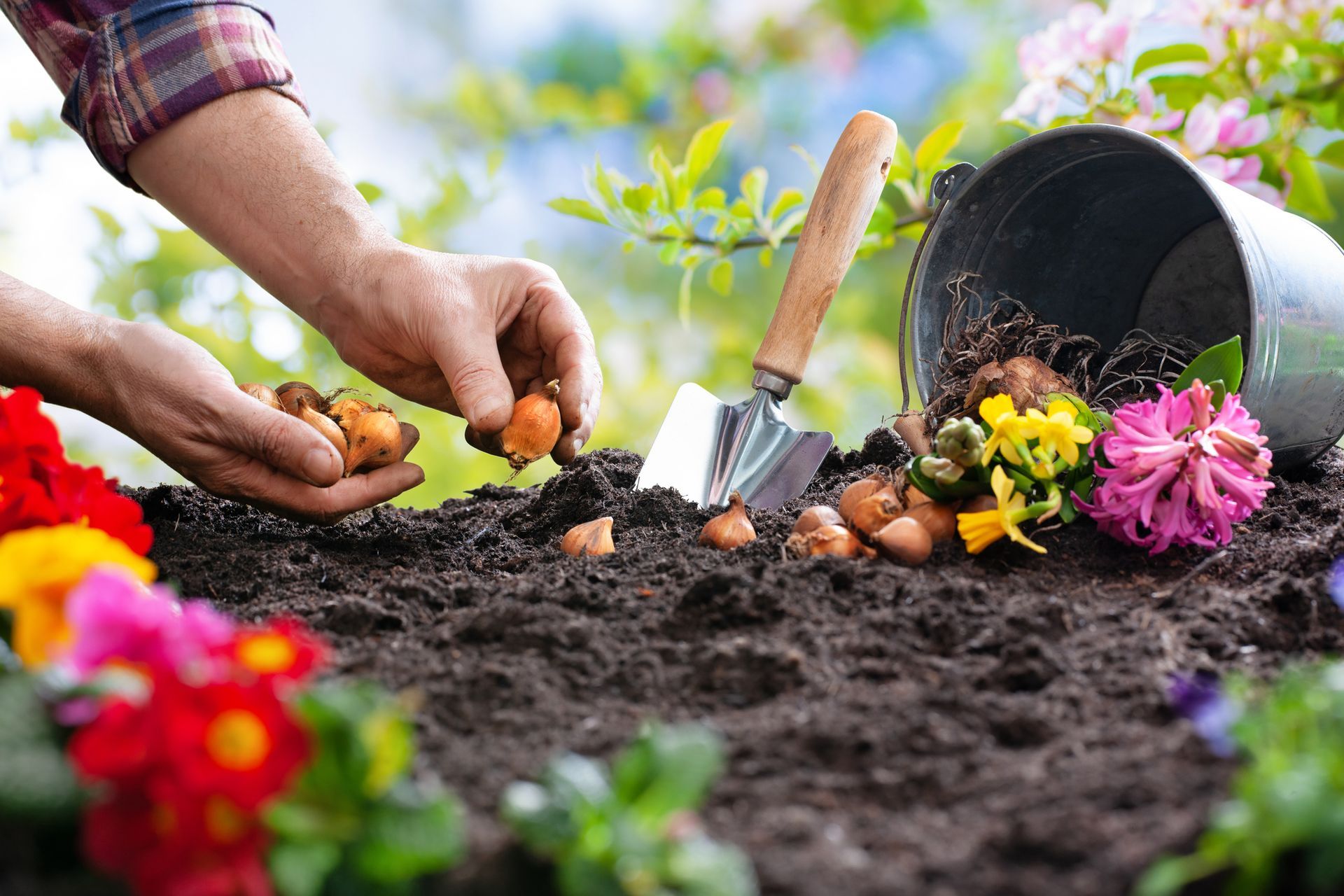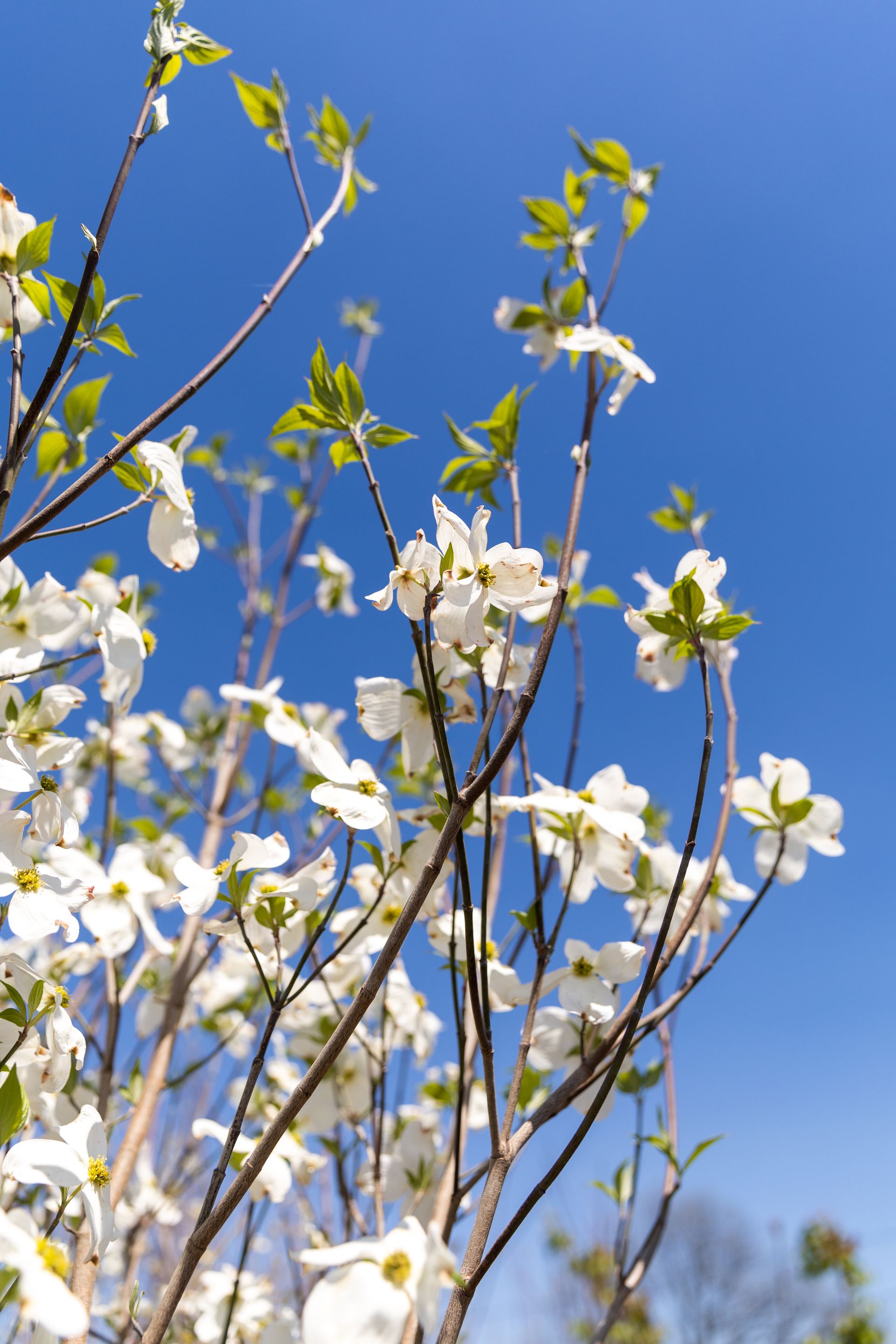How to: Poinsettia Care Guide
Poinsettia Care Guide
Light
Place your poinsettia near a sunny window with at least 6 hours of light each day. South, east, or west-facing windows work best. Keep it away from drafts and cold window glass.
Water
Let the soil dry slightly before watering. Water slowly until it drains from the bottom, then empty the saucer so the plant is never sitting in water. Most poinsettias need water every 2 to 3 days, but some may need it daily in bright, dry conditions.
Temperature
Keep the plant between 65°F and 70°F during the day and above 53°F at night. Cooler nights help the plant last longer. Avoid hot or cold drafts.
Feeding
Do not fertilize while the plant is blooming. If you plan to keep the plant past the holidays, begin feeding only after the blooms have fallen off.
Basic Reblooming Steps
- Keep indoors until after the last frost.
- Trim leggy stems in early spring.
- Move outdoors in warm weather with morning sun and afternoon shade.
- Bring indoors before temps drop below 45 F.
- Starting in September, give the plant 10 hours of light and 14 hours of complete darkness every day for 8 to 10 weeks until color forms.
Are Poinsettias Toxic?
Poinsettias are not toxic but can cause stomach upset if eaten. The white sap may irritate sensitive skin. Keep away from pets and small children as a precaution.
About the Color
The red, pink, or white parts are bracts. The actual flowers are the small yellow clusters in the center.





